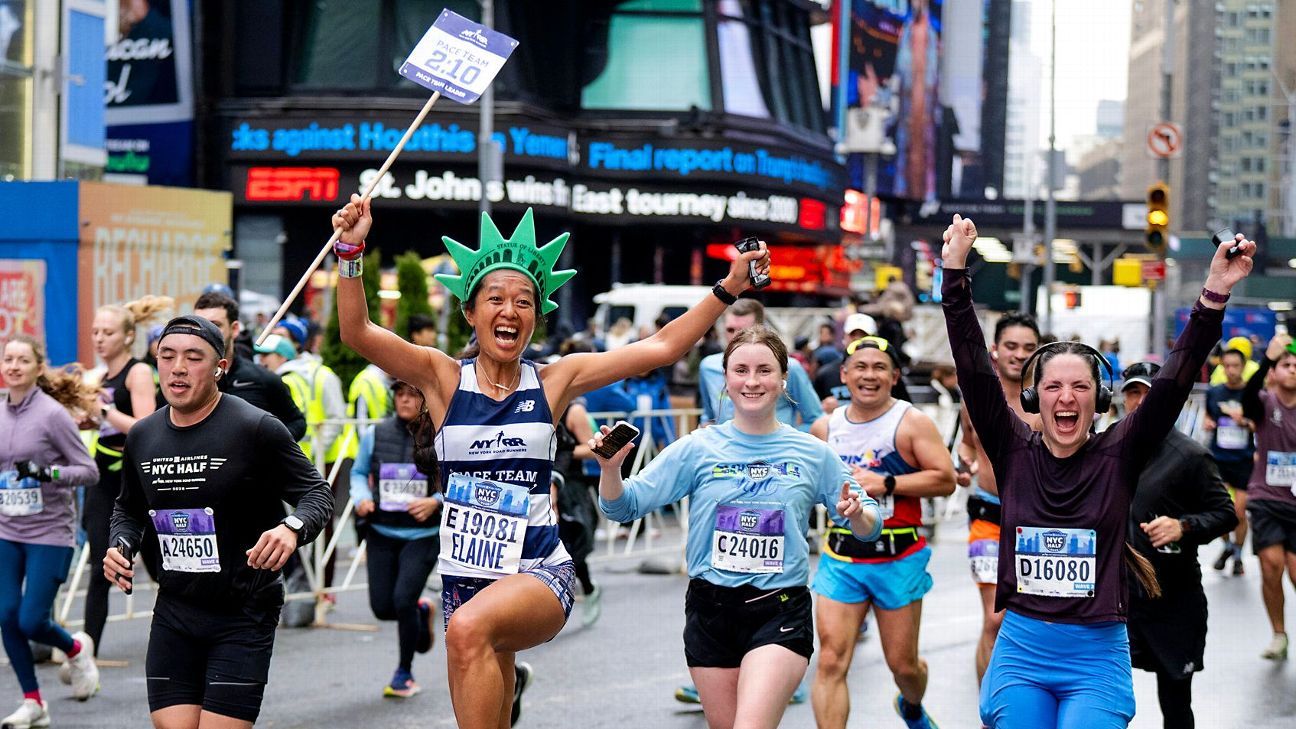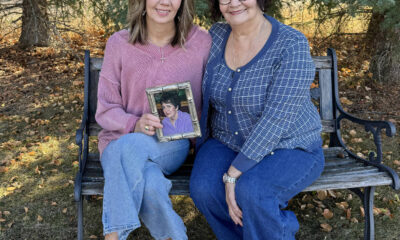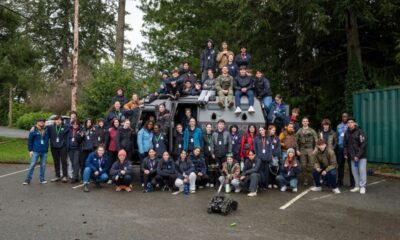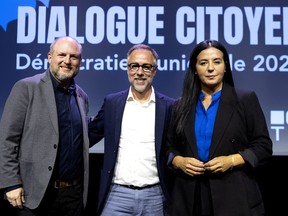Sports
NYC Marathon Pacers Inspire Runners on Historic 26.2-Mile Journey

On **November 5, 2023**, the TCS New York City Marathon will host over **50,000 participants**, including elite athletes, celebrities, and everyday runners, all striving to complete the iconic 26.2-mile course. Among these competitors are **90 volunteer pacers** from the New York Road Runners (NYRR), a nonprofit organization that has been instrumental in orchestrating this celebrated event. These pacers play a crucial role in guiding runners to achieve their personal goals, offering support and encouragement throughout the challenging race.
The role of a pacer is to maintain a specific finish time, marked by the signs they carry, and ensure that runners receive essential information during the race. As **Philippe Day**, who will pace the **4:55 group**, explains, “The pacer is there to guide you from Mile 1 to the finish line. You have to trust them.” This trust is vital as pacers inform runners about water stations, when to take nutrition, and how to sustain their pace, creating a supportive atmosphere amid the race’s intensity.
Requirements and Commitment of Pacers
Becoming a pacer for NYRR involves meeting strict criteria and completing a comprehensive training program. Candidates must have finished at least three marathons or five half-marathons and run the specific marathon course at least three times. Additionally, they must have completed a marathon within the last two years at least **30 minutes faster** than the pace group they will lead. Once selected, pacers undergo a **four-week training program** that includes practical assignments aimed at preparing them for race day.
Pacers receive a distinctive blue-and-white striped NYRR singlet and free entry to the marathon, but they are not compensated and must cover their own expenses. According to **Steve Mura**, NYRR’s lead for runner training and education, about **90%** of pacers come from the local New York and New Jersey areas, with some traveling from as far as Italy and California to participate.
This year, pacers will guide runners across finish time groups ranging from **2:55** to **6:15**, with each group spaced five minutes apart. Historically, NYRR has seen a high success rate among pacers, with **90%** finishing within **30 seconds** of their designated times last year.
The Spirit of the Race
The New York City Marathon has evolved since its inception in **1970**, which saw just **127 runners** complete the race. Today, it stands as the largest marathon globally, with **over 2 million spectators** cheering along the route. As **Justin Wood**, who will pace the **2:55 group**, notes, the atmosphere at the start line is electric. “The cannon boom, Frank Sinatra’s ‘New York, New York’ playing over the speakers… it’s something that empowers me,” he says.
Pacers often find unique ways to engage with runners and the cheering crowds. **Jackie Choi**, pacing the **6:00 group**, has created a lively tradition by dressing as a taxicab, complete with a yellow tutu and a taxicab hat, while encouraging runners to “catch a ride” to the finish. The camaraderie among the pacers is palpable as they share their experiences and motivations for participating in this monumental event.
In preparation for the marathon, Mura emphasizes the importance of analyzing pace splits to ensure pacers maintain their target times. The course itself presents challenges, including hilly terrain and unpredictable conditions, requiring pacers to adapt quickly. “Depending on what part of the city you’re in, GPS does not work,” Day explains. “A lot of times, the runners panic. I say, ‘No. Don’t worry about it. You’re on target.’”
As the race approaches, pacers reflect on their responsibilities and the profound impact they have on the participants. “Our job is to make runners’ experience smoother, more manageable, and even more fun,” says **Vanessa Tang**, who will be pacing for the first time after running the marathon multiple times.
The marathon is not just a test of physical endurance; it embodies the spirit of New York City, with its diverse communities and supportive atmosphere. **Eliud Kipchoge**, regarded as one of the greatest marathoners, emphasizes the importance of pacers, stating, “Pacers are critically important… they assist you in achieving what you have been planning for in your life for the past four or five months.”
As race day approaches, the excitement builds not just for the runners but also for the pacers, who take immense pride in their role. “It’s fun to see other people achieving their goals,” Seher reflects. This sense of community and shared achievement turns the New York City Marathon into a celebration of perseverance and camaraderie that resonates far beyond the finish line.
-

 World4 months ago
World4 months agoScientists Unearth Ancient Antarctic Ice to Unlock Climate Secrets
-

 Entertainment4 months ago
Entertainment4 months agoTrump and McCormick to Announce $70 Billion Energy Investments
-

 Lifestyle4 months ago
Lifestyle4 months agoTransLink Launches Food Truck Program to Boost Revenue in Vancouver
-

 Science4 months ago
Science4 months agoFour Astronauts Return to Earth After International Space Station Mission
-

 Technology2 months ago
Technology2 months agoApple Notes Enhances Functionality with Markdown Support in macOS 26
-

 Top Stories3 weeks ago
Top Stories3 weeks agoUrgent Update: Fatal Crash on Highway 99 Claims Life of Pitt Meadows Man
-

 Sports4 months ago
Sports4 months agoSearch Underway for Missing Hunter Amid Hokkaido Bear Emergency
-

 Politics3 months ago
Politics3 months agoUkrainian Tennis Star Elina Svitolina Faces Death Threats Online
-

 Technology4 months ago
Technology4 months agoFrosthaven Launches Early Access on July 31, 2025
-

 Politics4 months ago
Politics4 months agoCarney Engages First Nations Leaders at Development Law Summit
-

 Entertainment4 months ago
Entertainment4 months agoCalgary Theatre Troupe Revives Magic at Winnipeg Fringe Festival
-

 Top Stories1 week ago
Top Stories1 week agoFamily Remembers Beverley Rowbotham 25 Years After Murder















